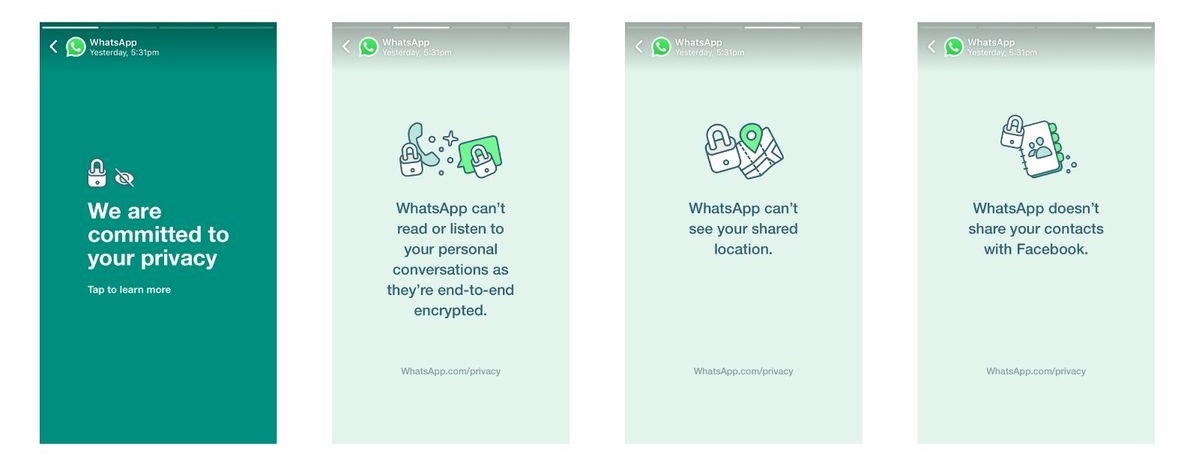News: 15 steps to fundraising a new VC or private equity fund
Based on my experience, taking the 15 steps below will help build the core of a high-performing fundraising and investor relations function.
Contributor
Launching is easy; fundraising is harder.
I’ve been fortunate to be a partner at two different VC firms over the past nine years, and we’ve grown AUM 10x both times.
Based on my experience, taking the 15 steps below will help build the core of a high-performing fundraising and investor relations function.
1. Build the firm as much as possible before soliciting LPs
The more baked you are, the more investable you are. The best possible move is to invest in and warehouse some special purpose vehicles that fit your strategy. However, that may distract you from the larger goal of raising a fund, not just a special purpose vehicle.
The next best move is to build your core team, e.g., recruit an advisory board, venture partners and EIRs. Lastly, gather feedback. Yohei Nakajima, founder of Untapped.vc, said, “Before pitching LPs and building my firm, I talked with over 50 people I knew to get feedback.”
2. Set up a basic marketing toolkit: Deck, website and social media
It’s virtually mandatory to develop a detailed, data-backed deck and ideally a video pitch. Your materials should ideally meet the expectations of the Institutional Limited Partners Association, even if you’re not targeting institutions. Keep these documents constantly up to date, so all team members are aligned on key numbers, e.g., total dollars raised so far. You’ll look unprofessional if you’re not coordinated.
Fundamentally, almost no one invests based on a deck; they want to talk with the people. However, a high-credibility deck opens the door to a meeting where you then have the chance to sell yourself.
Note that limited partners view formatting as a proxy for professionalism. It’s worth investing a little money in a graphic designer who can design a consistent website, business card, logo and presentation templates.
Richard Dukas, CEO, Dukas Linden Public Relations, said, “If you don’t have a website and have no material online presence, you likely won’t get past the first hurdle with potential investors.”
When you’re fundraising, you’re selling a luxury good. The less widely marketed your fund, the more valuable it is perceived to be. For example, one LP told me she prefers to receive customized emails from fund principals, as opposed to a bulk-mailed quarterly update. An extreme example of this are venture capitalists who don’t even bother with a website, e.g., Benchmark and Thrive Capital. They are the equivalent of a nightclub with an unmarked door, but other investors will need to shape up their social media tech stack.
3. Make your online profile data-driven and internally consistent
All team members should have internally consistent and professional profiles on Linkedin at a minimum and typically also on Twitter, Facebook and/or other platforms you use. In particular, highlight the metrics by which you measured your past activities: size of exit, number of people you managed, budget you were responsible for, etc.
4. Set up a data room with a completed due diligence questionnaire
Among the most important information to include: details on return history, legal documents, fund organization chart, portfolio construction model, portfolio company one-pagers, key personnel resumes and case studies of past investments. We are using Digify to manage this.
5. Prepare FAQs for prospective LPs
You will inevitably receive a wide range of one-off questions from potential LPs. Make sure to compile all your answers in a single document so that you can recycle and refine these answers.





